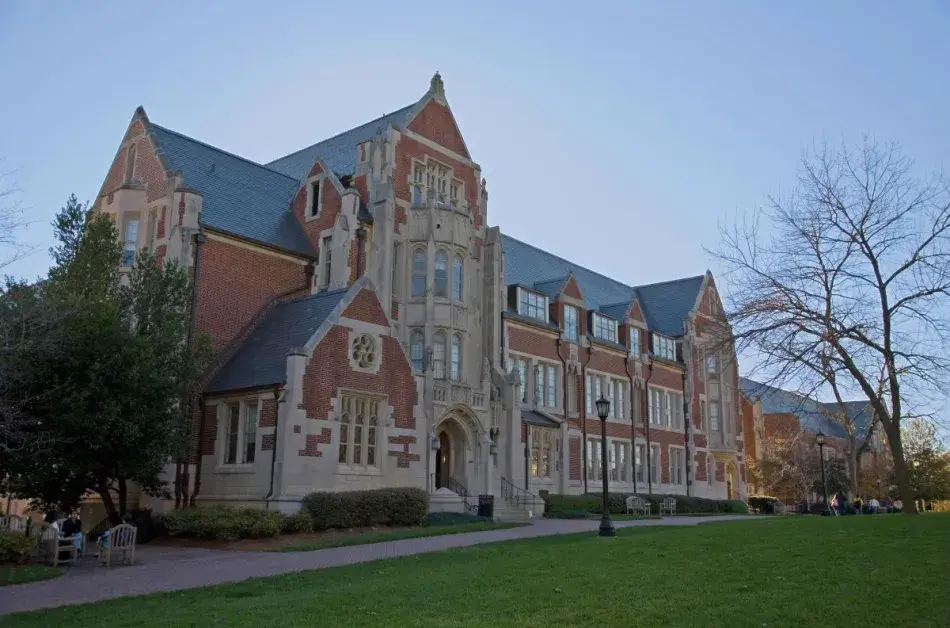Case study
The Presidents’ Climate Leadership Commitments: Establishing robust climate action plans across colleges and universities

Colleges and universities play key roles in research and innovation and often greatly influence the economy and culture of surrounding communities. Across the U.S., over 350 university and college leaders have signed on to the Presidents’ Climate Leadership Commitments, spearheaded by the nonprofit Second Nature.iUniversity leaders have the option to commit to reducing greenhouse gas emissions and working towards carbon neutrality, improving adaptation and community capacity building, or a combination of both of these commitments. All these commitments first involve creating a climate action plan, which details goals for different intervals over the first few years post-commitment. Universities revise these plans at least every five years, and Second Nature provides annual public disclosures about progress towards goals.
Climate action plans can be tailored to address issues that are relevant to universities and colleges, including increasing climate education and prioritizing research on climate change solutions. Changing policies and setting specific, realistic goals can be essential to successful implementation. Second Nature makes tools and resources available to help measure progress and assess quantifiable reporting metrics, like greenhouse gas emissions. In 2022, Second Nature collaborated with the University of New Hampshire Sustainability Institute to launch the Sustainability Indicator Management and Analysis Program for tracking and reporting this data.ii



